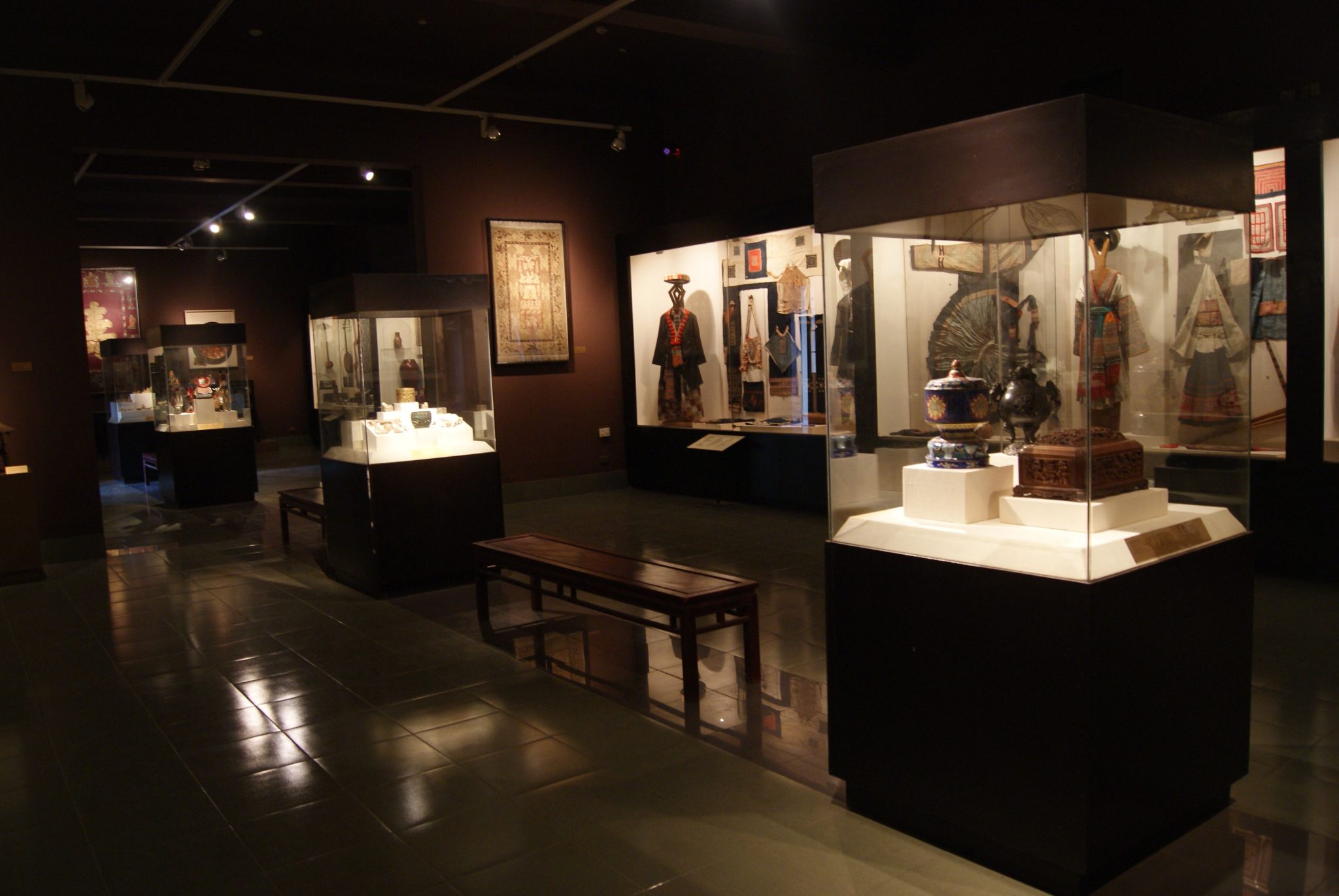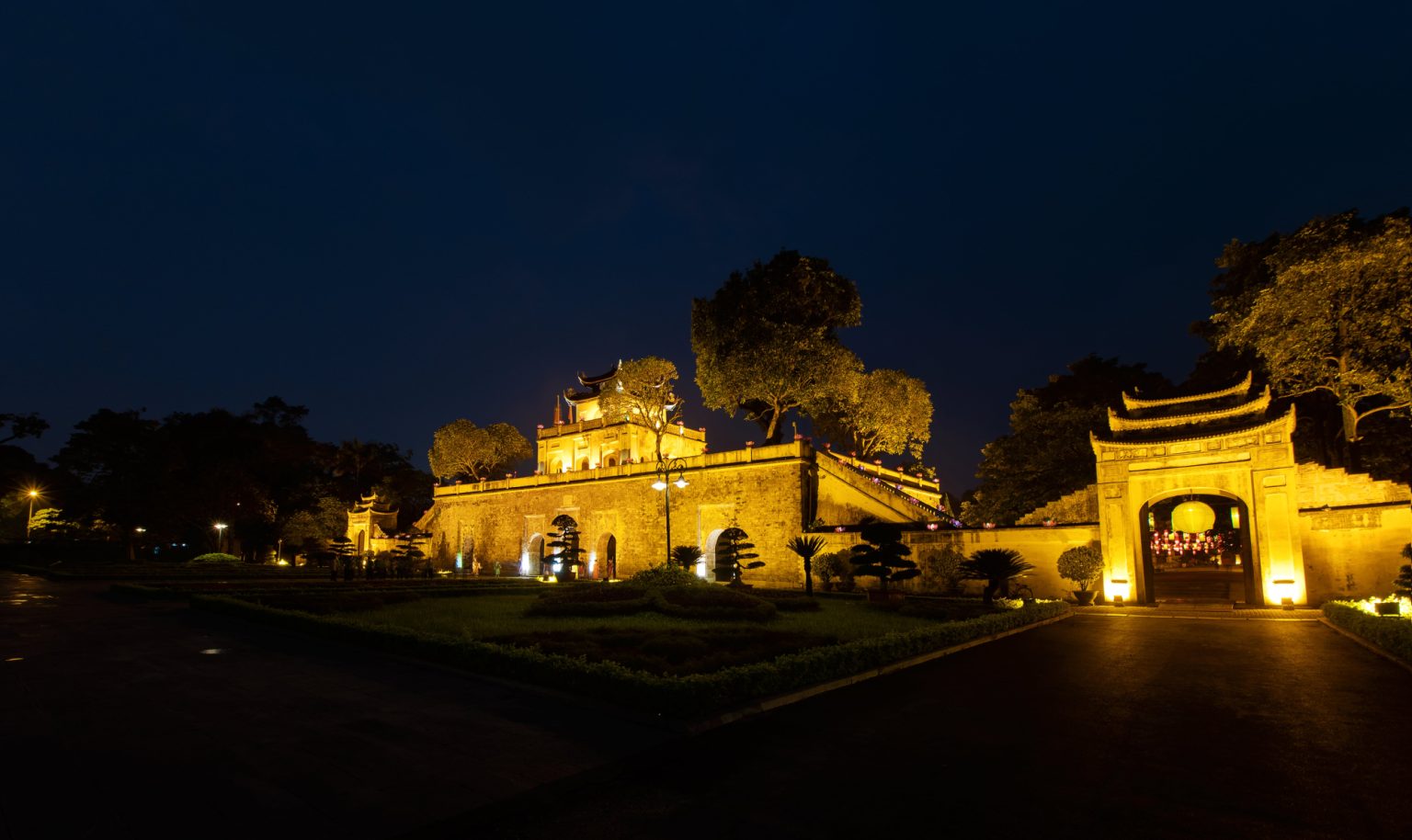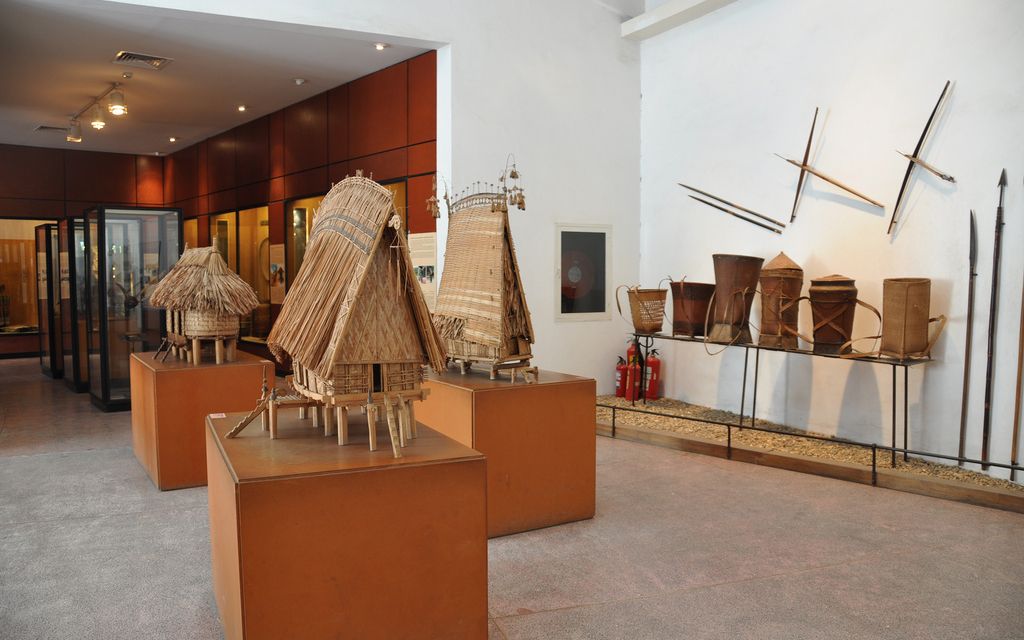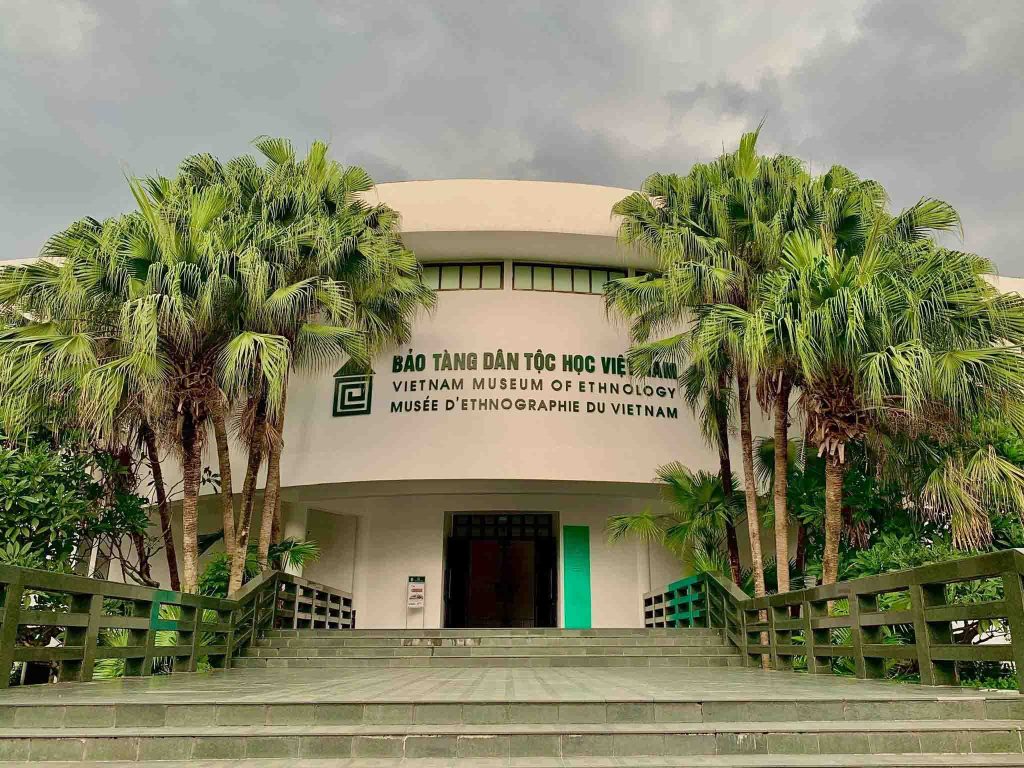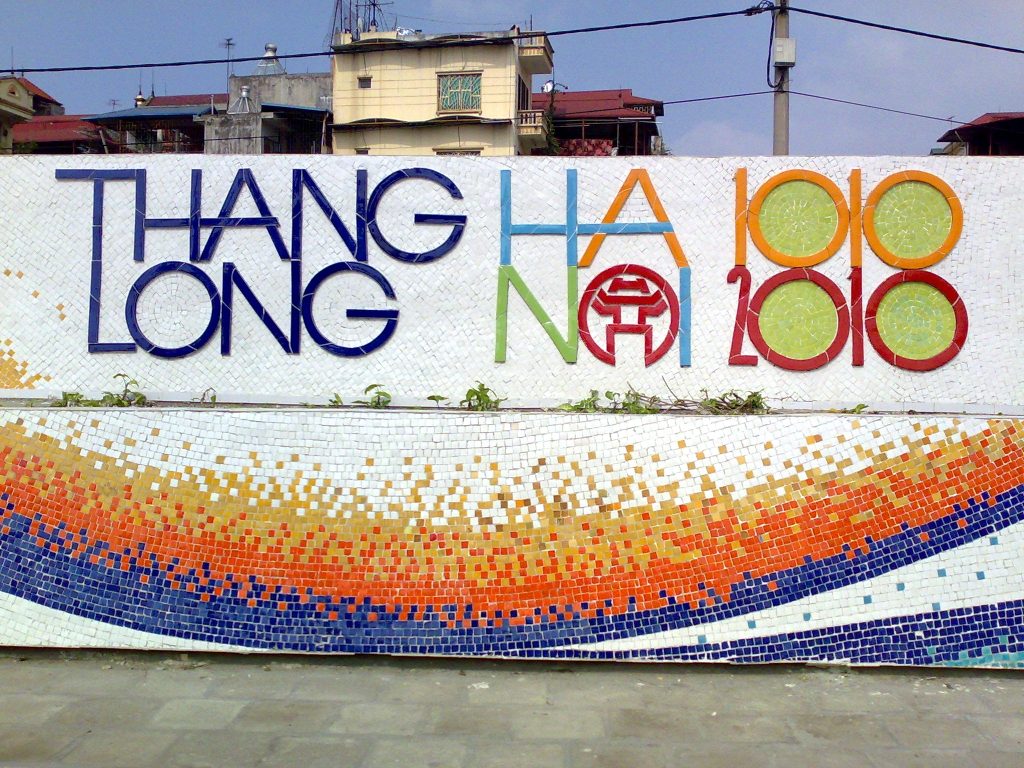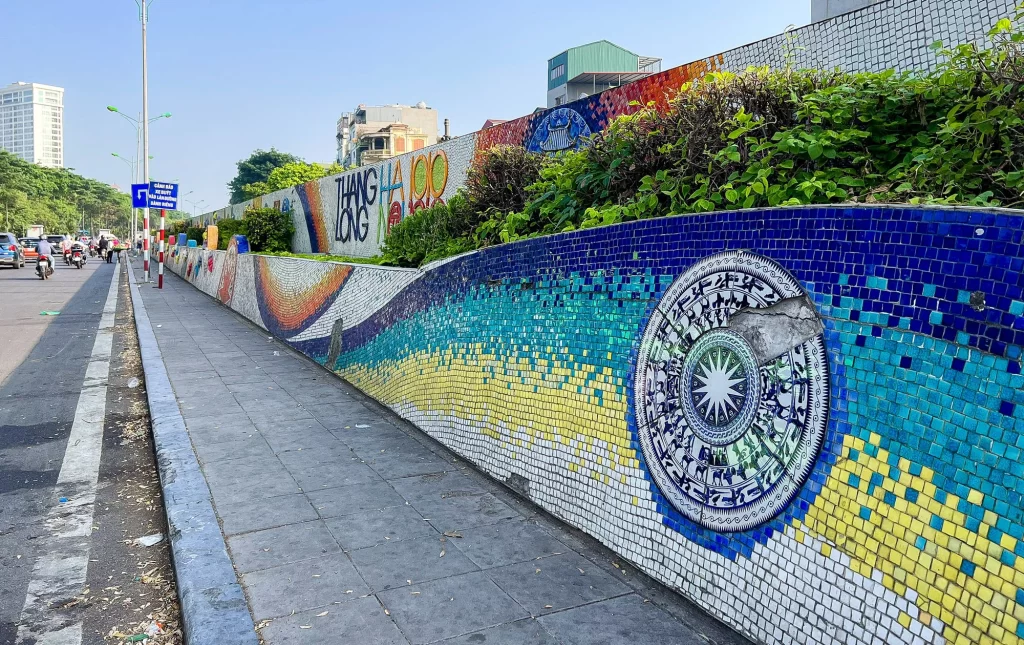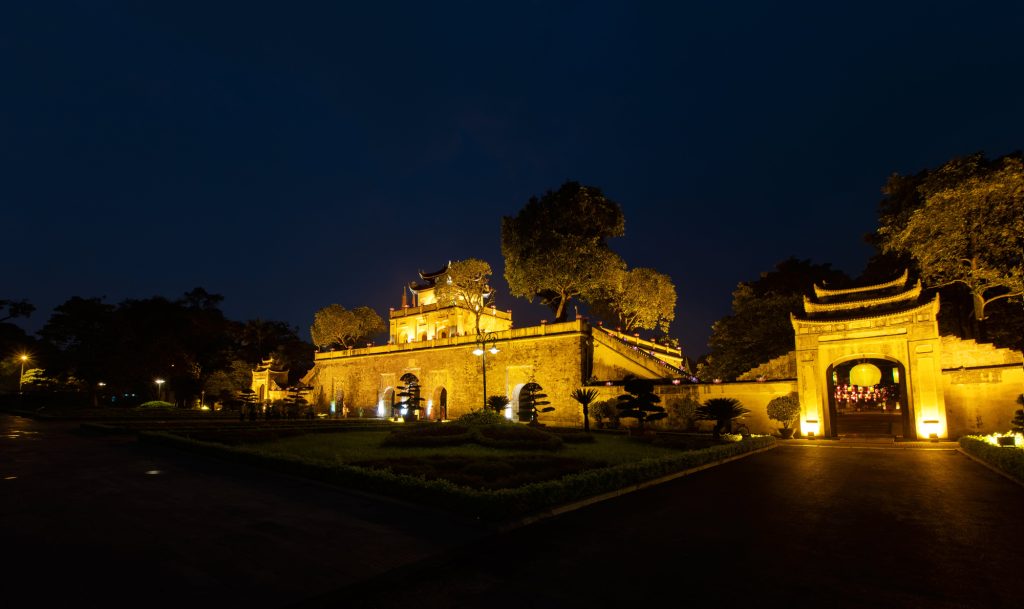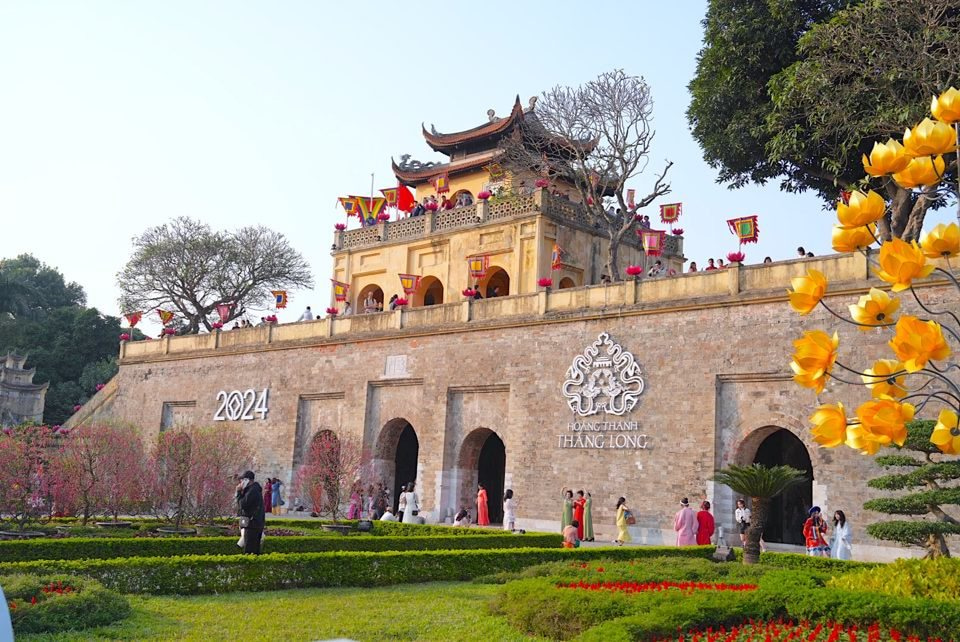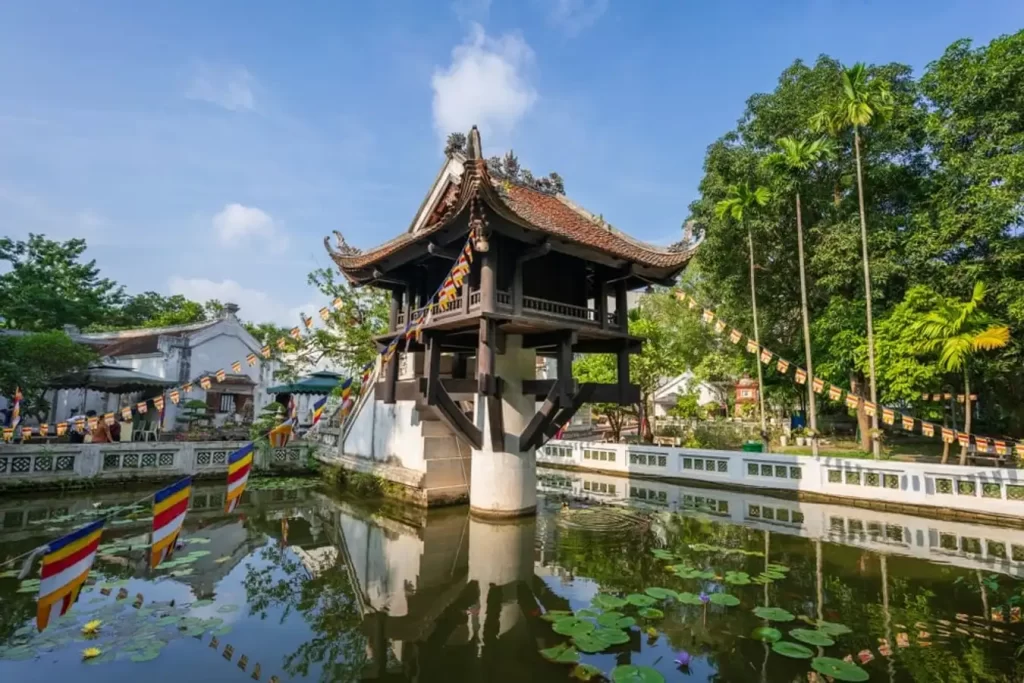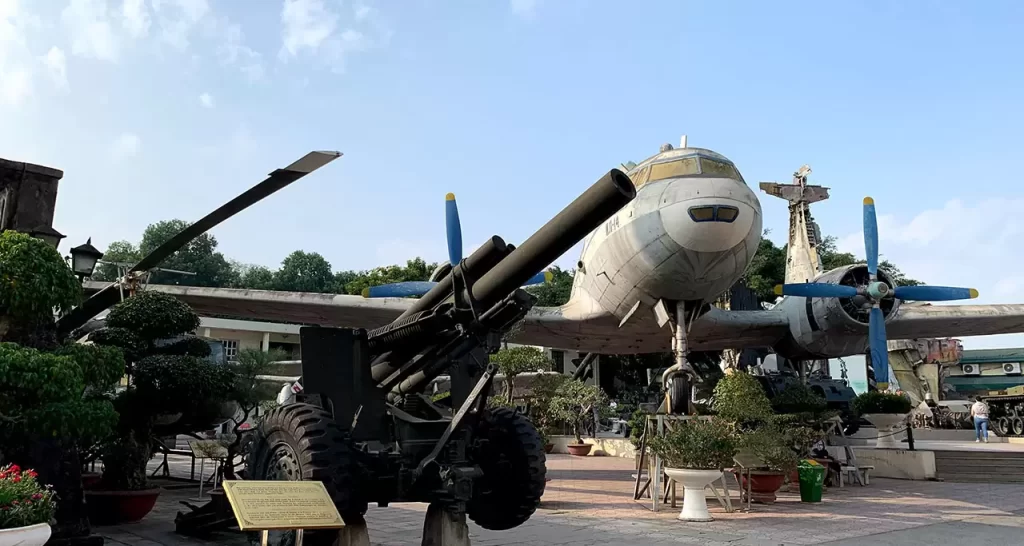Why the Thang Long Imperial Citadel is a Must-Visit in Hanoi
The Imperial Citadel of Thang Long, located right in the heart of Hanoi, is one of the most important cultural and historical symbols of Vietnam. Recognized by UNESCO as a World Cultural Heritage in 2010, this place offers ancient architectural space and priceless historical and cultural values. Exploring the Imperial Citadel of Thang Long is not only a journey back in time to the nation's heroic past but also an opportunity to feel the rich culture of Vietnam.
Location: 19c Hoang Dieu, Dien Bien, Ba Dinh, Hanoi, Vietnam (click here to open google map)
Overview of Thang Long Imperial Citadel
Address: 19C Hoang Dieu Street, Ba Dinh District, Hanoi.
Opening Hours:
Visiting Thang Long Imperial Citadel is not only convenient due to its central location but also offers a glimpse into Vietnam's rich history and culture. Whether arriving by personal vehicle or public transport, accessing this iconic site is hassle-free, ensuring an enjoyable and informative experience for all visitors.
Discover must-try street foods when traveling to Hanoi

World Cultural Heritage
The Imperial Citadel of Thang Long stands as a proud testament to Vietnam's illustrious history and cultural heritage, earning recognition from UNESCO as a World Cultural Heritage site. This prestigious acknowledgment highlights not only its historical and architectural significance but also the profound cultural layers woven throughout many dynasties spanning from the 11th to the 20th century.
Each epoch has bequeathed its own unique legacies and vestiges, enriching the Imperial Citadel with a tapestry of diverse and compelling narratives. This recognition underscores the exceptional cultural value that this heritage brings to the global stage. By attaining UNESCO status, the Thang Long Imperial Citadel not only gains international acclaim but also receives vital protection and preservation measures for the benefit of future generations.
Moreover, UNESCO recognition serves to stimulate interest, research, and the safeguarding of Vietnamese culture and history. It fosters community awareness and responsibility towards heritage preservation, nurturing a sense of pride and commitment among the Vietnamese people. Ultimately, this accolade is not only a source of national pride but also a testament to the boundless diversity and richness of world culture, uniting nations in their shared appreciation of our collective heritage.
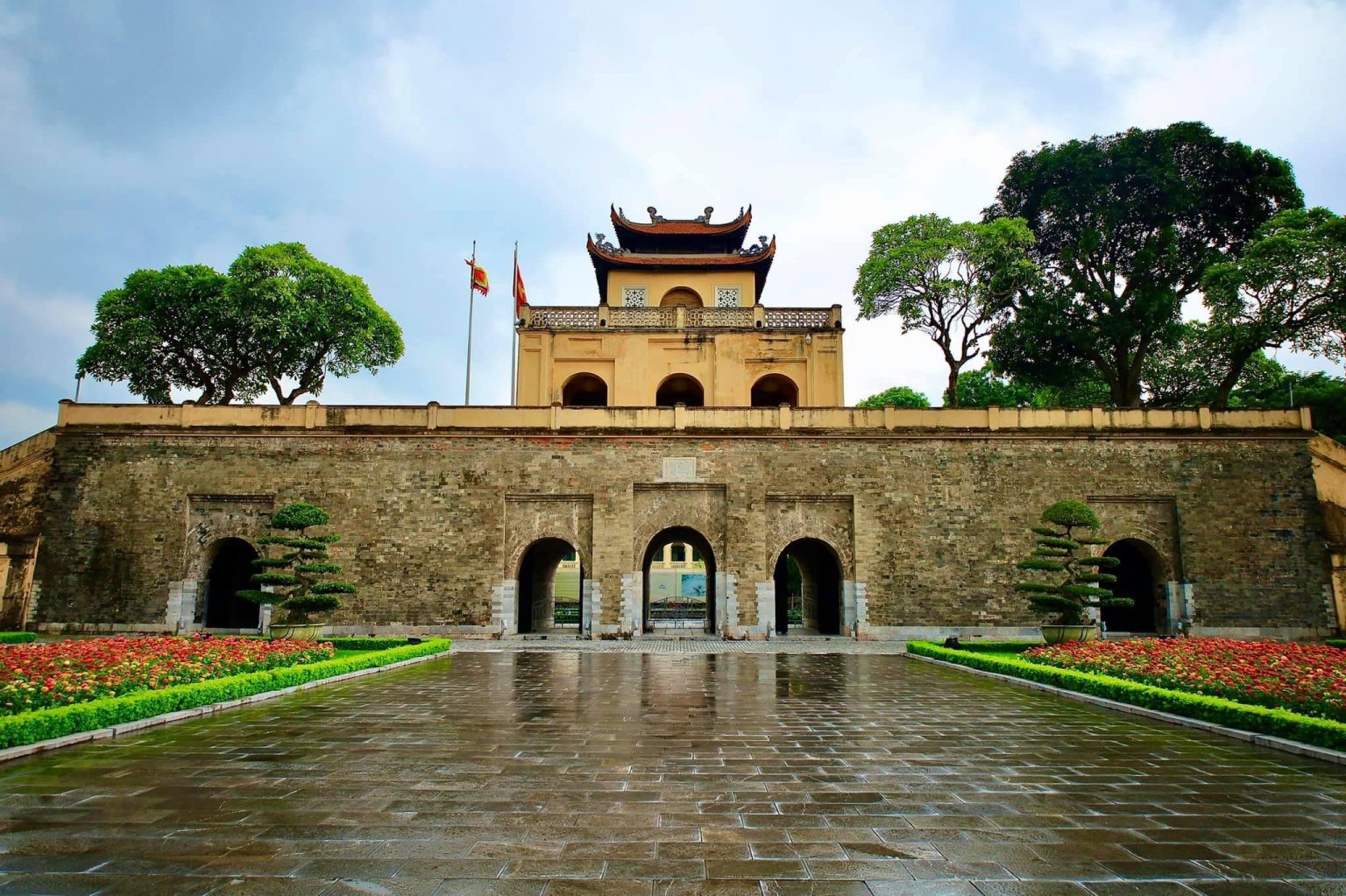
Explore Thousand Years of History
Over more than 1,000 years, the Thang Long Imperial Citadel has stood as the political, administrative, and cultural heart of Vietnam through numerous dynasties. This historic site offers a unique opportunity to explore the rich historical layers of the Ly, Tran, Le, and Nguyen periods. The Imperial Citadel of Thang Long is not only a symbol of Hanoi, the capital, but also a source of immense pride for Vietnamese history.
Constructed during the Ly Dynasty, the citadel has borne witness to the continuous development of the Vietnamese people through the ages. Each wall and brick of this ancient site tells heroic tales from the nation's formative years, through periods of turmoil, war, and peace.
Visitors to the Thang Long Imperial Citadel can immerse themselves in the past, gaining a deeper understanding of the traditions, culture, and resilient spirit of the Vietnamese people across different eras. Among the many notable relics, visitors can admire the Doan Mon gate, the main entrance to the Forbidden City, and Kinh Thien Palace, where royal ceremonies were held. The Archaeological Site at 18 Hoang Dieu reveals numerous precious artifacts, offering a tangible connection to the rich historical legacy of this remarkable site.
Exploring the Thang Long Imperial Citadel is a journey through time, providing insight into the profound historical narratives and cultural heritage that define Vietnam.
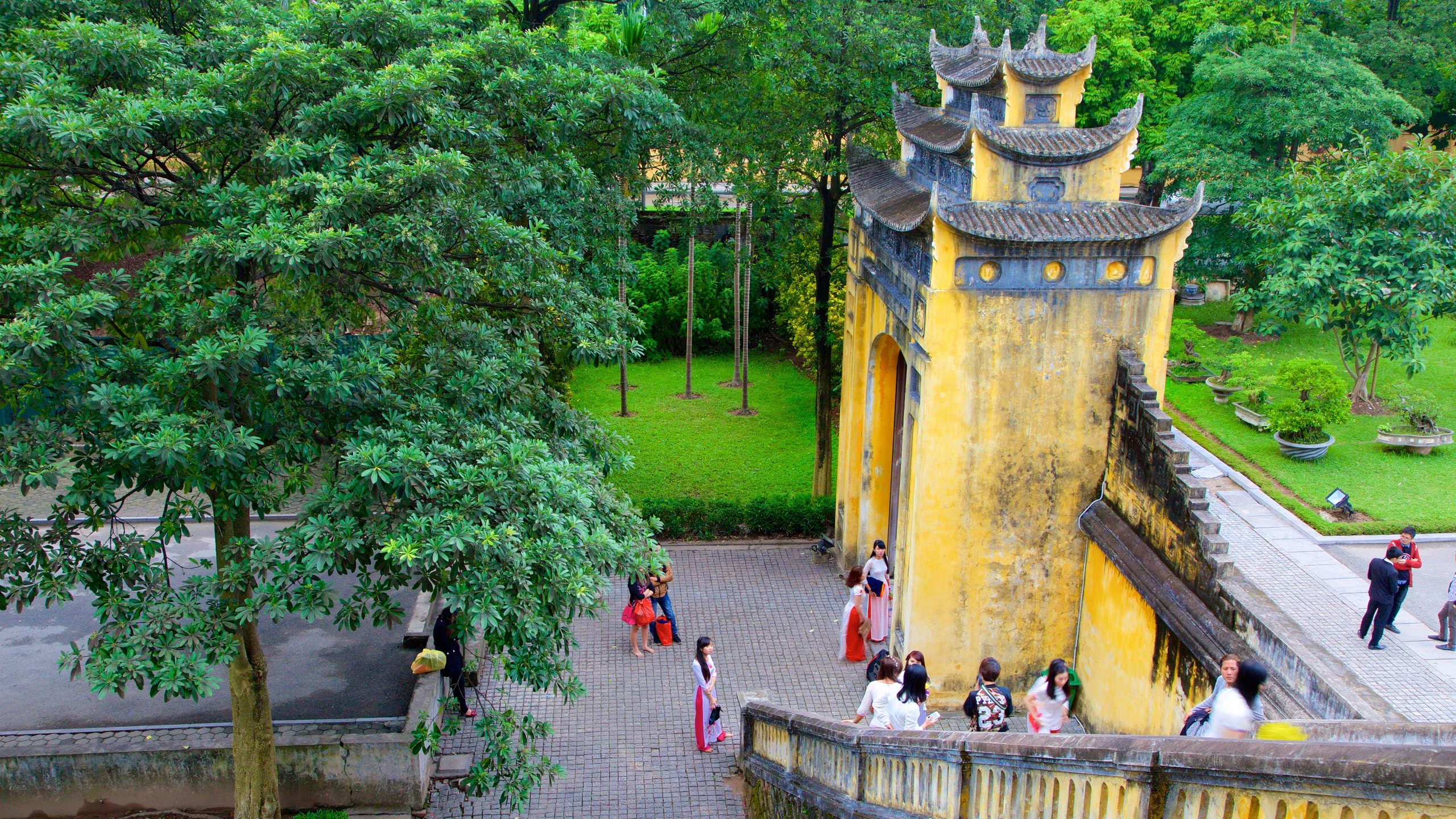
Unique Architecture
The architecture of the Thang Long Imperial Citadel is a harmonious blend of tradition and modernity, melding Eastern culture with Western influences across various historical periods. The citadel showcases a fascinating array of architectural styles, from ancient structures like Doan Mon and Kinh Thien Palace, which encapsulate the artistic essence of the Ly and Tran dynasties, to Hau Lau, reflecting the profound architectural heritage of the Le dynasty. Additionally, the splendor and sophistication of the Nguyen dynasty's contributions further enhance the citadel's grandeur.
Each corner of the Thang Long Imperial Citadel is a masterpiece of architectural art, embodying the talent, intellect, and spirit of the ancients. The architecture here not only possesses aesthetic value but also reflects the lifestyle, beliefs, and cosmological concepts of the Vietnamese people throughout the ages. Notable relics such as the Hanoi Flag Tower, Doan Mon, Kinh Thien Palace, and Hau Lau each carry rich architectural and historical significance.
These structures collectively illustrate the evolution of Vietnamese architecture, showcasing the adaptability and creativity of past generations. The architectural style of the citadel stands as a testament to the convergence of different cultural influences, highlighting the dynamic interplay between traditional Vietnamese designs and external elements introduced through historical interactions. This unique blend of styles provides visitors with a deep appreciation of Vietnam's rich cultural and architectural heritage, making the Thang Long Imperial Citadel a truly remarkable and inspiring historical site.
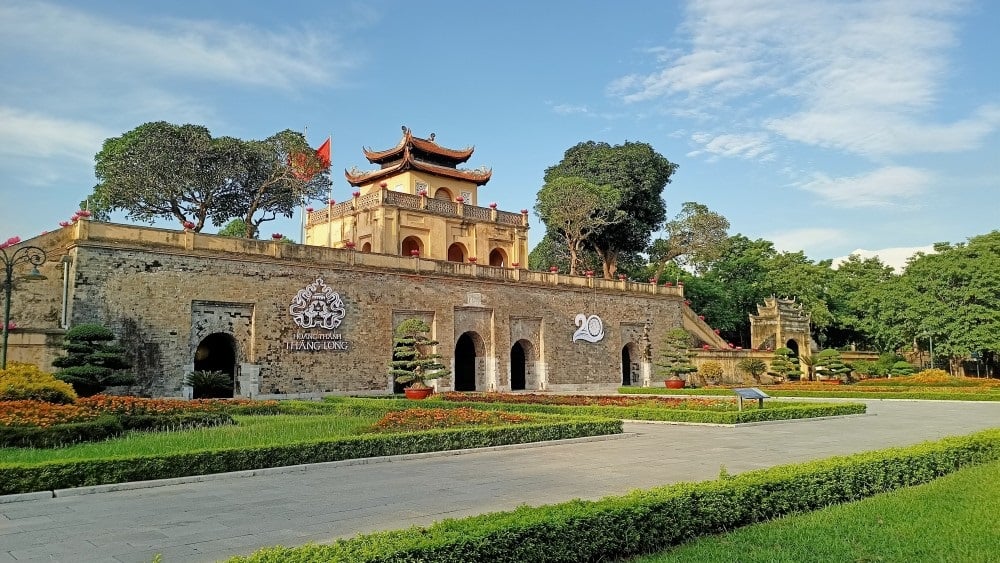
Peaceful Space
The Imperial Citadel of Thang Long serves as a peaceful oasis in the heart of bustling Hanoi, offering visitors a rare sanctuary of tranquility and relaxation. Encircled by ancient walls, the citadel is adorned with rows of shady old trees, flower gardens that bloom year-round, and a clear blue lake, all contributing to a harmonious and serene natural landscape. The melodic sounds of birds chirping and leaves rustling underfoot create a captivating natural symphony.
Upon entering the Thang Long Imperial Citadel, visitors feel transported to another world, distinctly removed from the noise and hustle of the surrounding streets. This serene environment is ideal for finding peace, relieving stress, and unwinding after a busy day. The quiet moments here not only rejuvenate visitors but also enhance their appreciation of this unique cultural heritage.
This tranquil setting allows for a deeper connection with the historical and cultural significance of the citadel. Amidst the calm, one can reflect on the rich history and legacy of the site, gaining a more profound understanding and respect for the cultural treasures it holds. The Imperial Citadel of Thang Long thus provides not just a historical journey, but also a restorative experience, making it a must-visit destination in Hanoi.
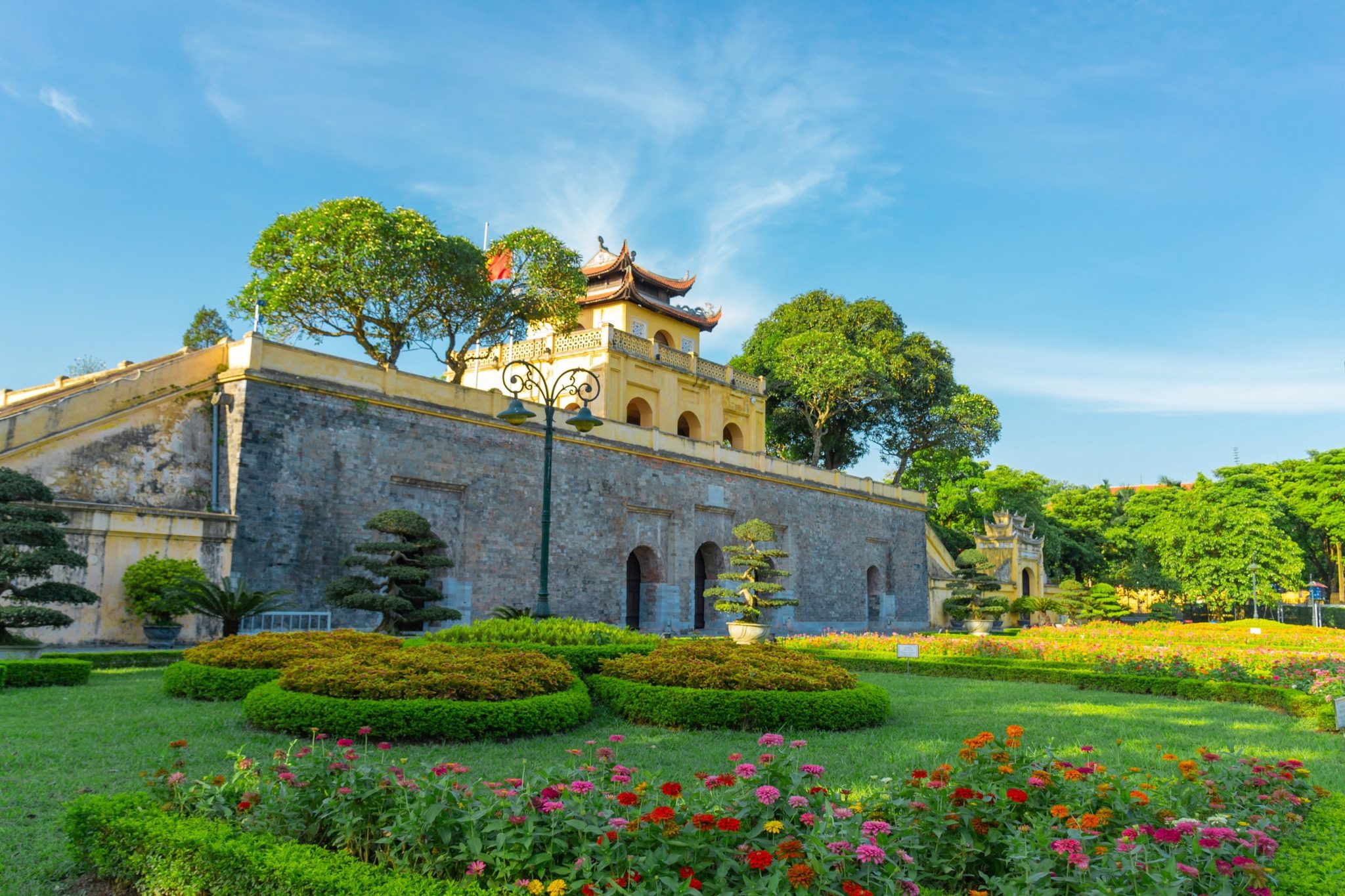
Diverse Cultural Activities
Thang Long Imperial Citadel is not only a place to preserve historical and cultural marks but also a vibrant venue for numerous cultural activities and symbolic festivals of Vietnam. This historical site often comes alive with unique cultural events, from traditional festivals and art exhibitions to music and water puppet shows, providing visitors with rich and unique cultural experiences. Especially during major holidays such as the Lunar New Year, Thang Long Imperial Citadel becomes the focal point of excitement, where visitors can participate in folk games, listen to historical stories, and enjoy traditional art performances.
The annual Thang Long - Hanoi Festival is a significant event that affirms traditional cultural values while bridging the past and present, tradition and modernity. During this festival, visitors can view works of art, enjoy traditional music, and learn about unique Vietnamese handicrafts. Additionally, workshops on Vietnamese culture, including sessions on making traditional handicraft products such as Do paper and Dong Ho paintings, are regularly held, offering deeper insights into the diverse and colorful Vietnamese culture.
The Imperial Citadel of Thang Long is also a gathering place for those who love history, culture, and art. One of the highlights is the event "Royal Palace Night"—an art performance that takes place every evening on weekends. During this event, visitors can immerse themselves in the ancient space, witness the citadel shimmering under the lights, and enjoy special art performances.
This perfect combination of historical space and lively cultural activities makes the Thang Long Imperial Citadel not just a destination to "see" but also to "experience" and "feel" the vibrant, multicultural essence of Hanoi. Here, tradition and modernity seamlessly blend, creating a colorful cultural tapestry that visitors will cherish.

Convenient Location
One of the key highlights of the Thang Long Imperial Citadel is its prime location right in the heart of Hanoi. This strategic placement makes it a cultural, historical, and tourist crossroads of the city, offering visitors easy access to a variety of other monuments and famous destinations.
Nearby Attractions
From Thang Long Imperial Citadel, you can take a leisurely walk or bike ride to several significant sites:
The convenient location of Thang Long Imperial Citadel not only facilitates sightseeing but also ensures a comprehensive and rich experience for visitors. This accessibility and proximity to other key sites make it an ideal destination for anyone visiting Hanoi, offering a blend of historical exploration and modern enjoyment.
In conclusion, the Thang Long Imperial Citadel’s central location is a significant advantage, creating favorable conditions for visitors to immerse themselves fully in the historical and cultural fabric of Hanoi. This ease of access and abundance of nearby attractions make the Citadel a must-visit landmark in Vietnam’s capital.
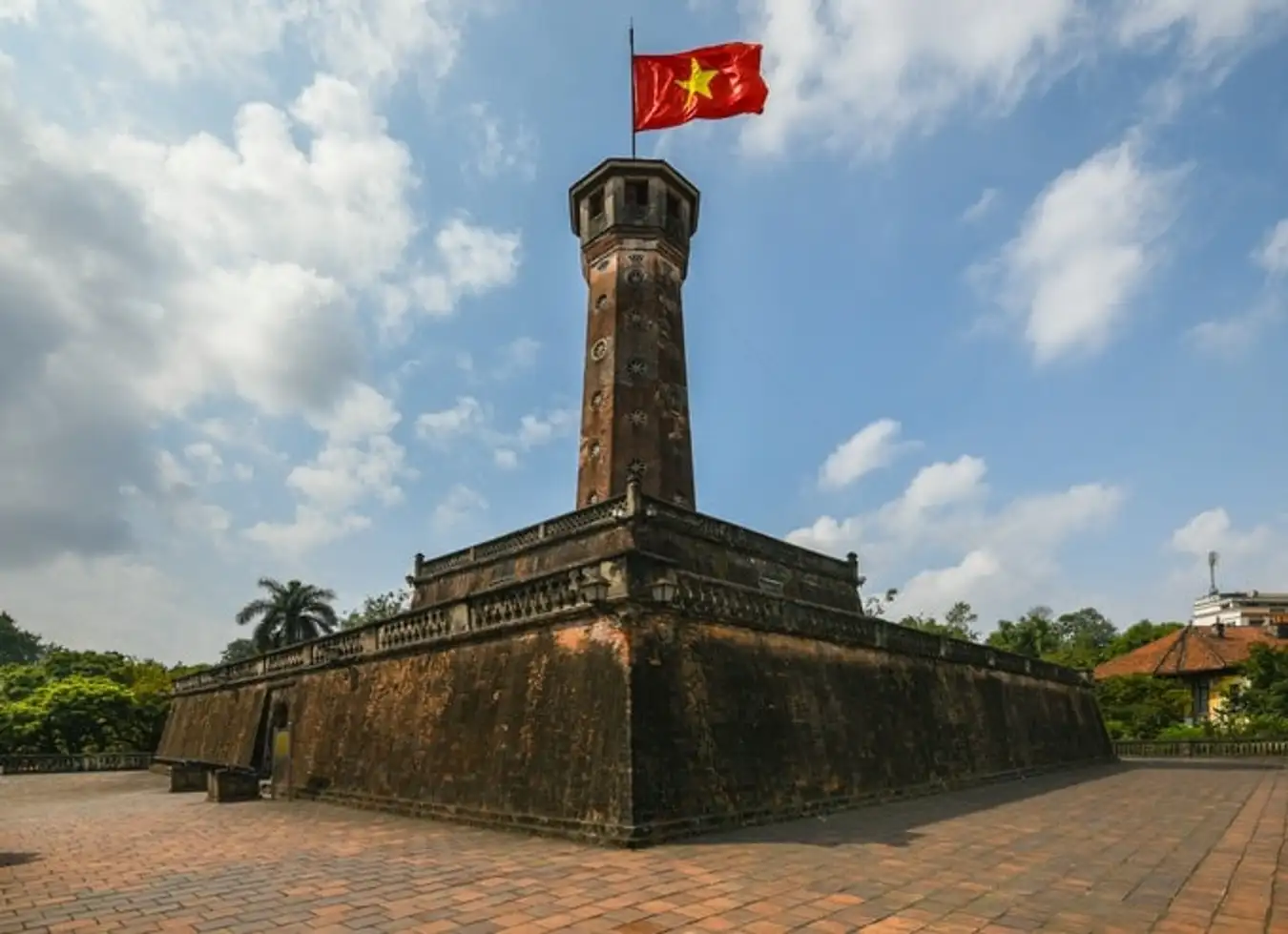
Places near Thang Long Imperial Citadel
Temple of Literature - National Tu Giam
58 Quoc Tu Giam, Temple of Literature, Dong Da, Hanoi
Opening hours: Tuesday - Sunday, 8:30 - 11:30 & 13:30 - 16:30
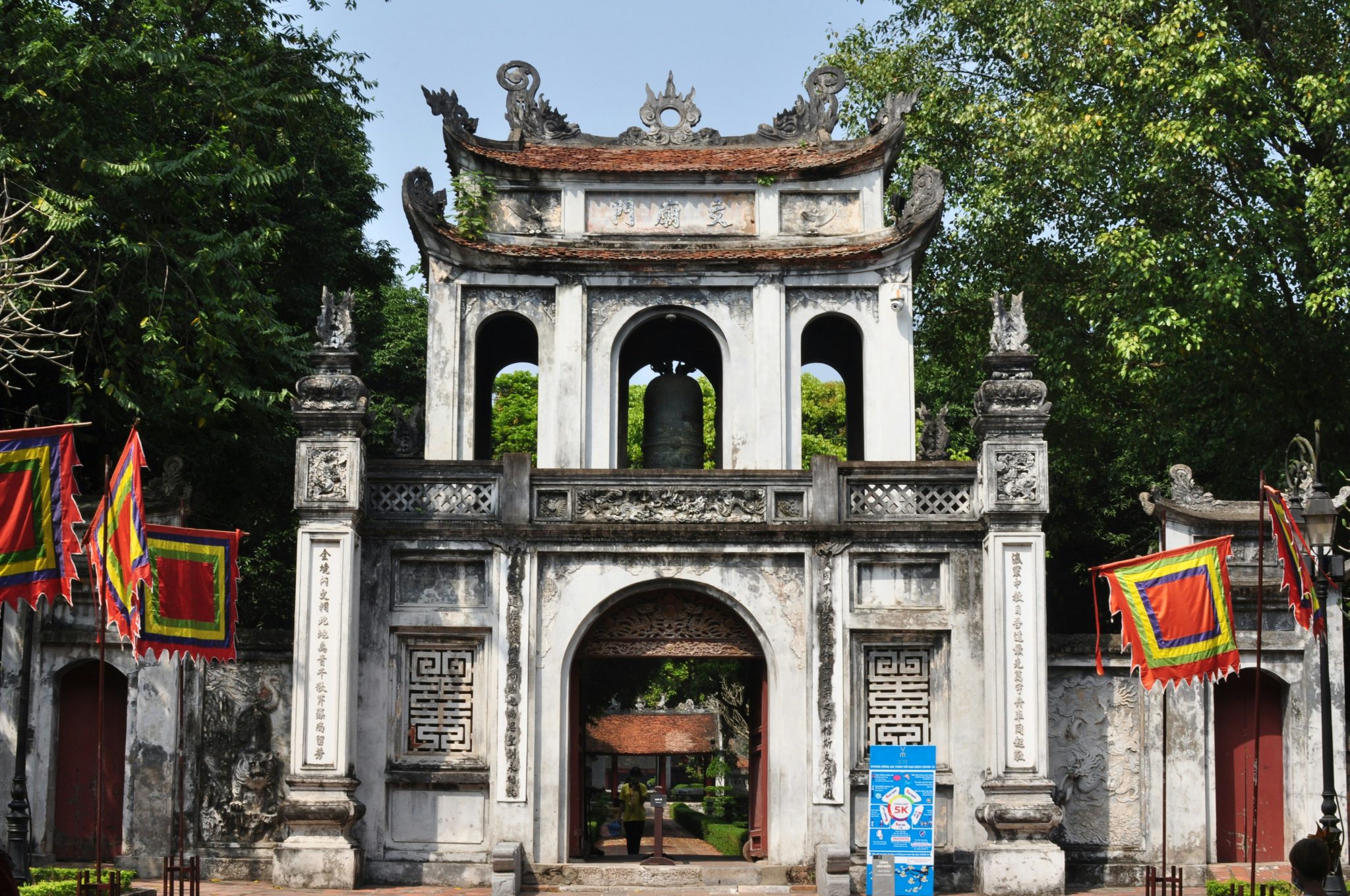
Ho Chi Minh Mausoleum
2 Hung Vuong, Dien Bien, Ba Dinh, Hanoi
Opening hours: 7:30 - 10:30 (April - October), 8:00 - 11:00 (November - March); closed on Monday and Friday
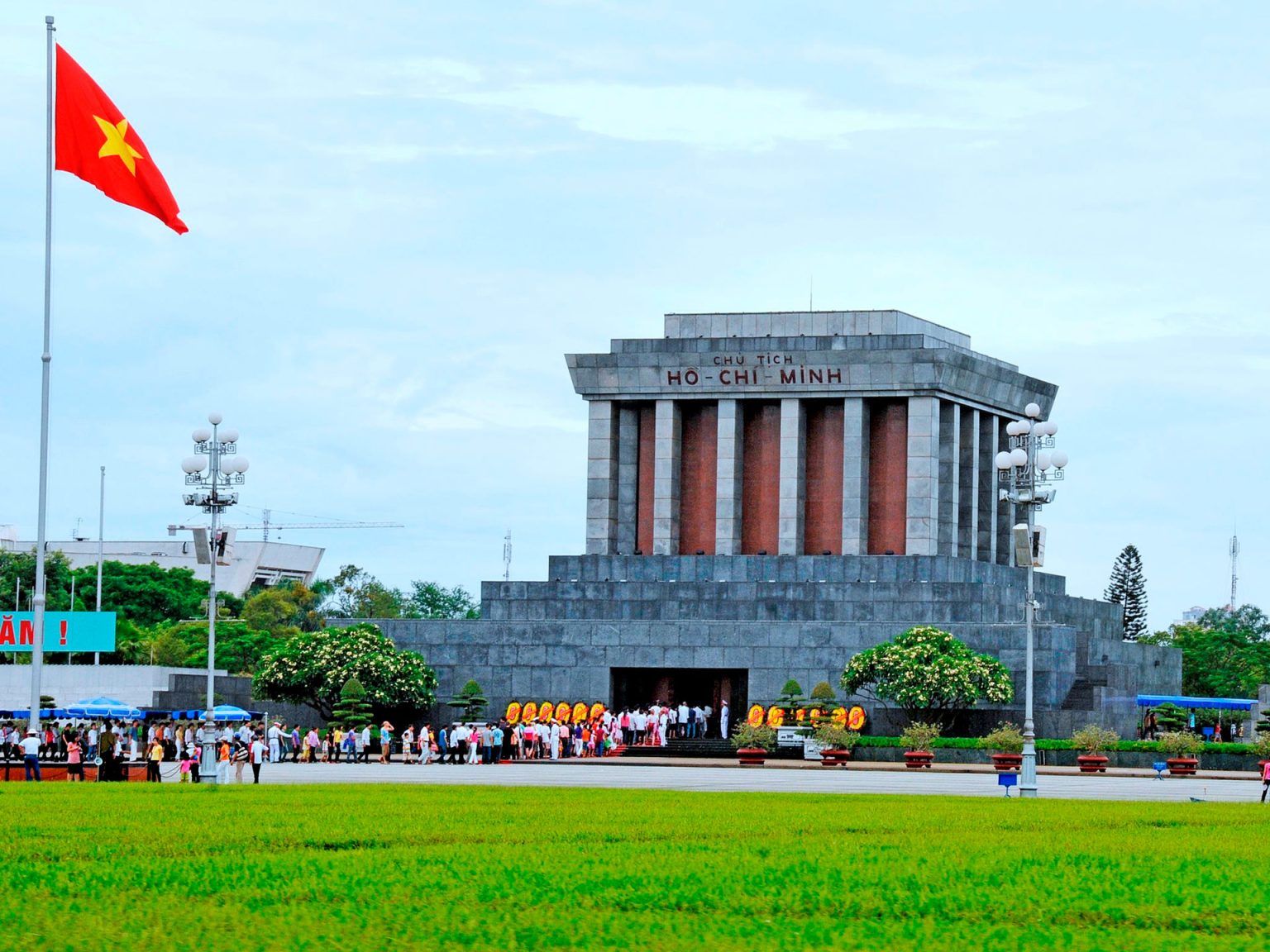
One Pillar Pagoda
Doi Can, Ba Dinh, Hanoi
Opening hours: Daily, 8:00 - 17:00
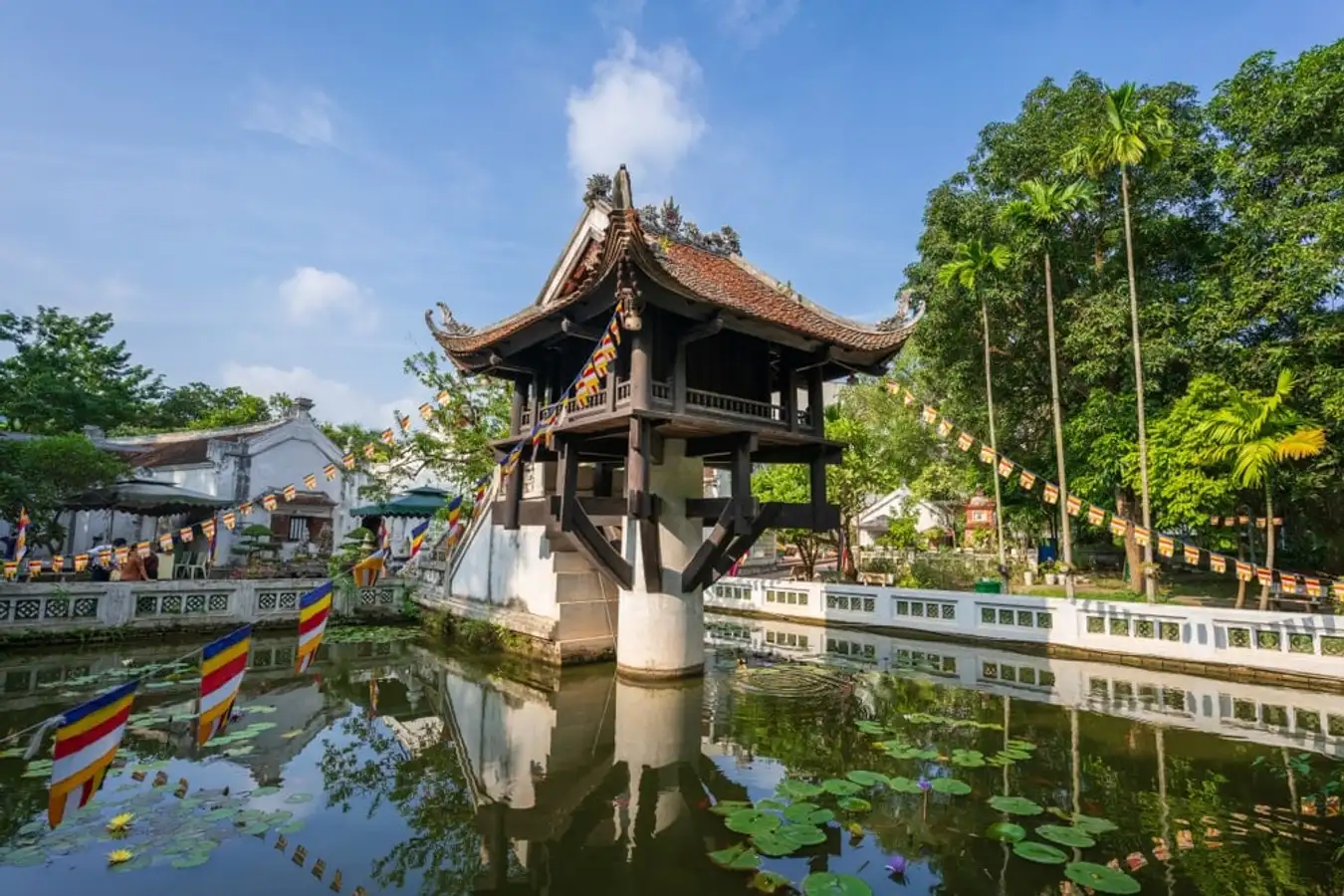
Vietnam Military History Museum
28A Dien Bien Phu, Ba Dinh, Hanoi
Opening hours: Tuesday - Sunday, 8:00 - 11:30 & 13:00 - 16:30
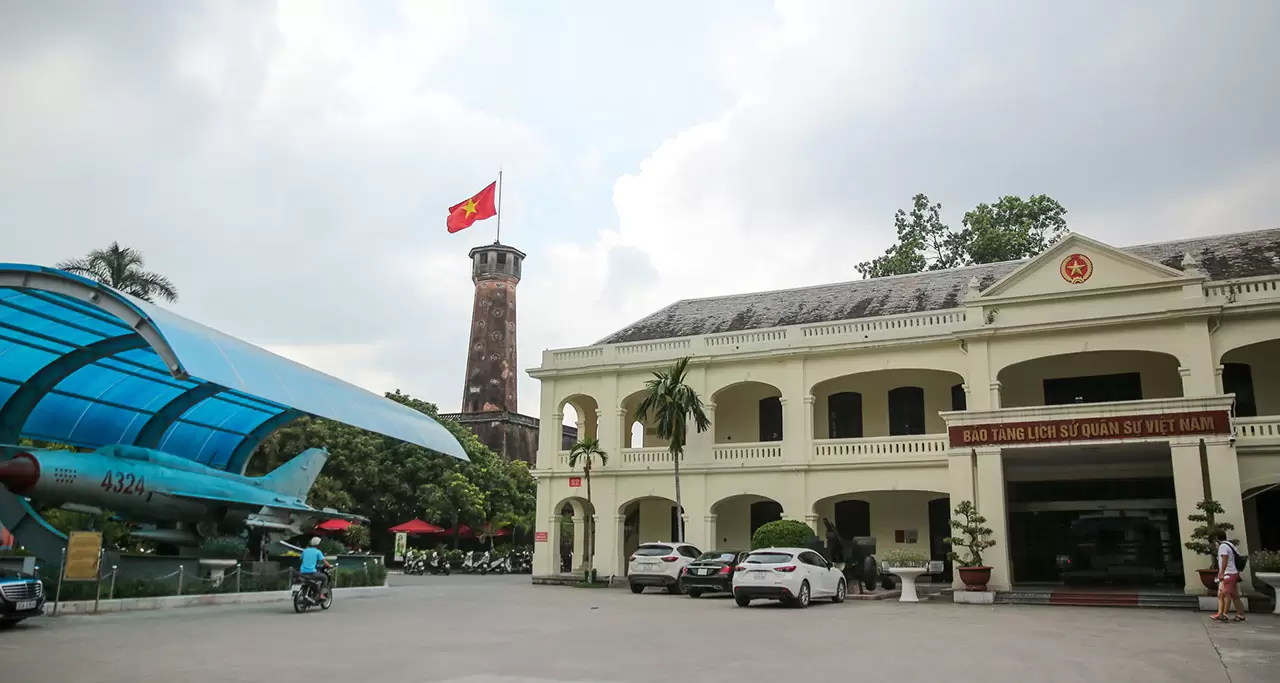
Vietnam Museum of Fine Arts
66 Nguyen Thai Hoc, Ba Dinh, Hanoi
Opening hours: Monday - Sunday, 8:30 - 17:00
